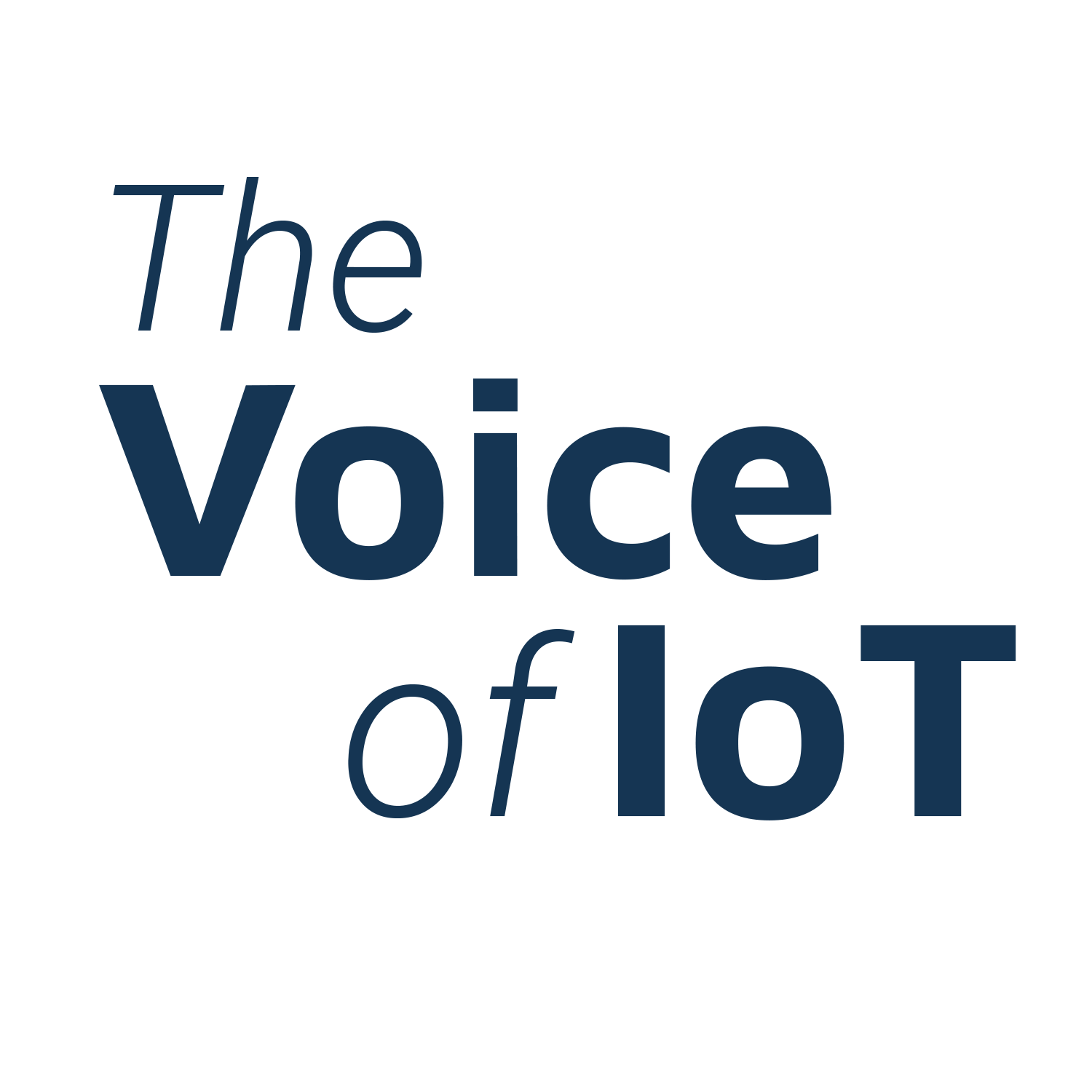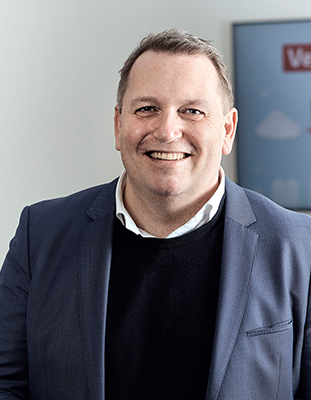The Voice of IoT. Januar 2021
Smart cities begin with smart buildings
The Internet of Things (IoT) provides boundless opportunities to optimise resource consumption and combine technological solutions into a holistic picture. With greater consumption insights and awareness, “green” initiatives also become easier to support. To control and compare energy consumption becomes quite simple and manageable, as does anticipating issues and preventing problems. Is the indoor climate optimal? Are CO2 levels ok? Are smoke alarms in working order? Are windows or doors open, are waste containers full?
Jesper Kristoffersen. VP, Sales & Marketing. Brunata a/s. Denmark

There is great interest in IoT in the private sector, especially in property management. Questions are asked such as: Where can processes be optimised and money saved? How can intelligent technology help pursue more climate-conscious choices?
As we engage with different customers, we see that IoT makes everyday life easier for property managers, residents and even users. With IoT, properties are turned into smart buildings equipping property managers with real-time data. Guesswork is removed from potential issues related to building systems upkeep, climate and consumption. Here too, the environment benefits from small, periodic maintenance and repairs, which at any given time is more sustainable than comparative costly replacements.
As we engage with different customers, we see that IoT makes everyday life easier for property managers, residents and even users. With IoT, properties are turned into smart buildings equipping property managers with real-time data. Guesswork is removed from potential issues related to building systems upkeep, climate and consumption. Here too, the environment benefits from small, periodic maintenance and repairs, which at any given time is more sustainable than comparative costly replacements.
In the public sector, there is also interest in IoT, albeit at a slower pace. 40% of the public buildings in Danish municipalities are school buildings which were built decades ago. These municipalities could benefit from a thorough digital overview which would quickly help reduce maintenance costs by deploying future proof IoT solutions. However, technology must prove its worth before public budgets are invested.
As human beings we wish to be in control of things, we wish to increase our level of safety and improve our quality of life. To date, our experience with demonstrating smart building use cases reflects this view, as requests for complimentary IoT use cases show. Can I also manage parking spaces? Can I monitor waste containers? Can I count people entering buildings? Can I track e-bikes? The possibilities are endless. Moreover, all can be realised using the same network, making the complexity transparent to any user wishing to easily get an overview of their energy consumption or CO2 levels or free parking places.
There is no doubt that IoT is having an incredible impact on making buildings smarter and will continue to do so. As interest in IoT solutions for property management and security continues to grow, companies like Brunata will also grow. We continue to expand our experiences and build upon our core offerings. We will provide more comprehensive solutions that not only make buildings smarter and help municipalities become smarter too, but also help them be more sustainable – which is good for everyone. It is a logical choice.
Established over 104 years ago, Brunata was the first of its kind to not only measure the energy consumption of a property, but also to compile account records and issue invoices. The decision for Brunata to transition from a manual data collection company to a purely digitised one, was also a logical choice. Hence, we like to think that the concept of smart buildings and the Internet of Things (IoT) was already in our DNA from the beginning.

